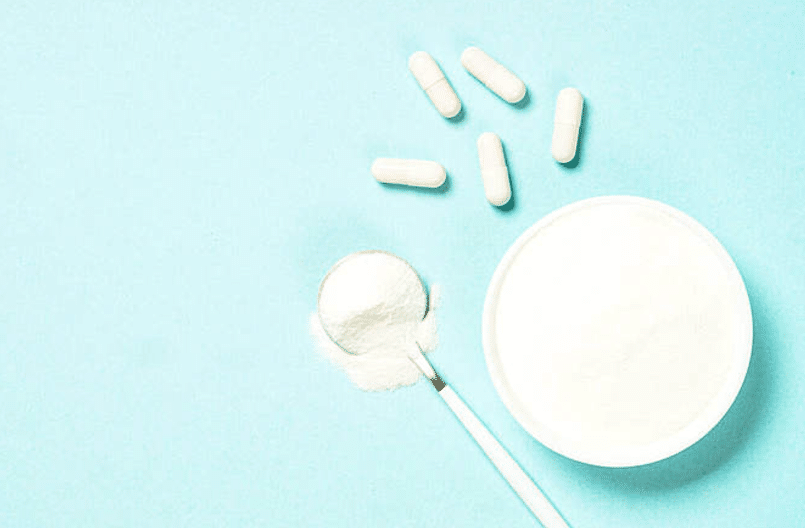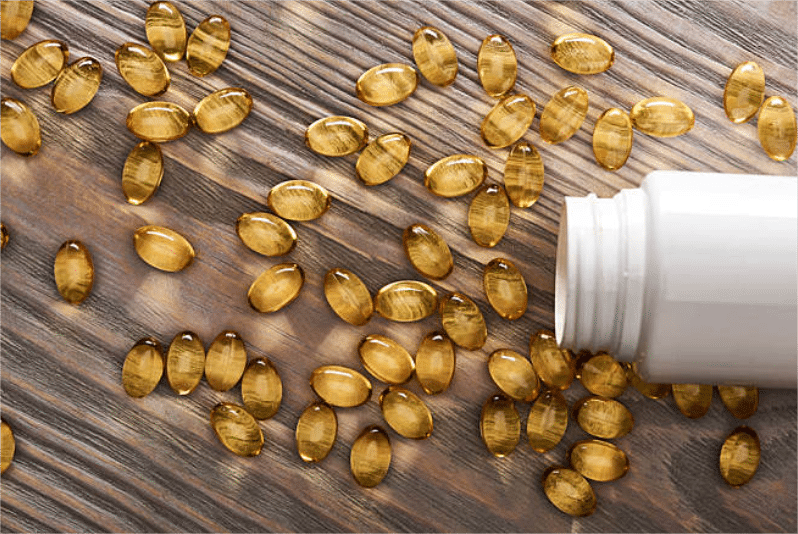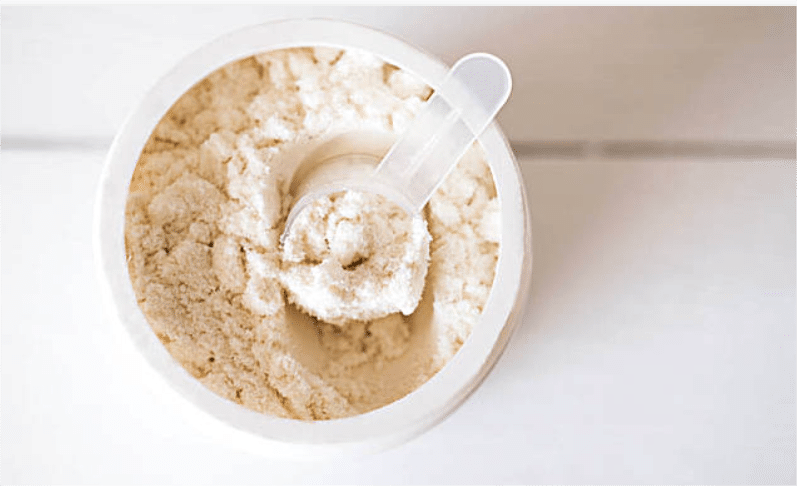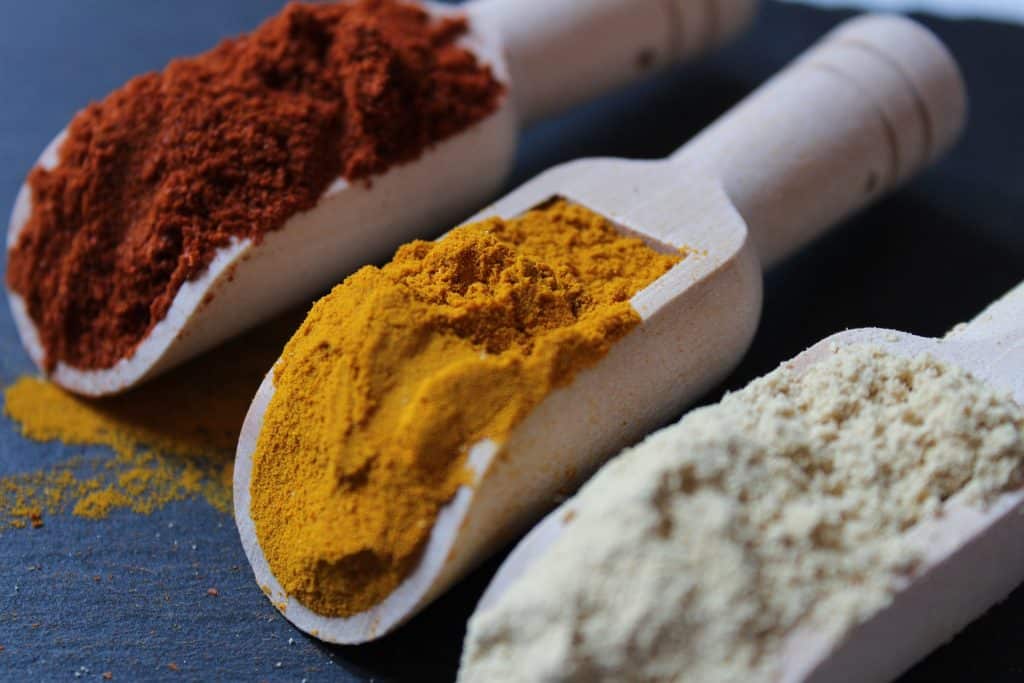What is Gelatin?
What is Glucosamine?
Gelatin and Glucosamine are both popular supplements that support joint health, but they differ significantly in their composition, mechanisms of action, and benefits. Let’s dive deeper into the differences and similarities between these two substances.
Gelatin
Gelatin is a protein derived from collagen, a structural protein found in connective tissues like skin, bones, and cartilage. It is made by boiling the skin, bones, and connective tissues of animals (usually cows or pigs) to extract the collagen, which is then dried and powdered into gelatin.
- Source: Animal-based (derived from collagen).
- Main Active Components:
- Collagen peptides: The building blocks of collagen (type I and III), which play a crucial role in the health of skin, bones, joints, and ligaments.
- Forms: Available as powder, capsules, and sheets for use in food and supplements.
Functions:
- Joint Health: Gelatin is often used for joint health, particularly for cartilage repair and maintaining joint flexibility. The collagen peptides in gelatin may help improve joint function and reduce joint pain.
- Skin Health: It can improve skin elasticity, reduce wrinkles, and promote hydration, as collagen is a major component of the skin.
- Bone Health: Gelatin helps support bone strength by providing essential amino acids like glycine and proline, which are important for collagen production in bones.
- Digestive Health: The amino acids in gelatin, particularly glutamine, may help support the gut lining and promote digestive health.
Glucosamine
Glucosamine is a natural compound found in the cartilage of joints. It is commonly used as a supplement to support joint health, particularly in conditions like osteoarthritis. Glucosamine can be taken in several forms, most commonly as glucosamine sulfate, glucosamine hydrochloride, or N-acetylglucosamine.
- Source: Glucosamine can be derived from shellfish (often used in supplements) or made synthetically.
- Main Active Compound:
- Glucosamine: A naturally occurring amino sugar that is involved in the formation and repair of cartilage.
Functions:
- Joint Health: Glucosamine is widely used to support joint function, particularly in the treatment of osteoarthritis. It is thought to promote the production of glycosaminoglycans (important components of cartilage) and may help protect cartilage from further wear and tear.
- Cartilage Repair: By stimulating the synthesis of collagen and proteoglycans (critical molecules in cartilage), glucosamine can aid in cartilage repair and improve joint mobility.
- Anti-Inflammatory: Glucosamine may help reduce joint inflammation, which is a common symptom of arthritis and other joint-related issues.
- Pain Relief: Some studies suggest that glucosamine can help reduce joint pain and stiffness, especially in individuals with osteoarthritis.
Key Differences Between Gelatin and Glucosamine
| Feature | Gelatin | Glucosamine |
|---|---|---|
| Source | Derived from animal collagen (bovine, porcine) | Derived from shellfish, synthetic |
| Main Components | Collagen peptides, amino acids (glycine, proline) | Glucosamine sulfate, glucosamine hydrochloride |
| Primary Use | Supports joint health, skin, bones, gut health | Supports cartilage repair, joint function, osteoarthritis |
| Mechanism of Action | Provides collagen peptides that support connective tissues | Stimulates the production of cartilage components and glycosaminoglycans |
| Effect on Joint Health | Helps maintain joint flexibility and may reduce pain by supporting collagen in cartilage | Helps with cartilage repair, reduces joint pain and inflammation |
| Skin Health | Improves skin elasticity, reduces wrinkles, promotes hydration | No significant effect on skin health |
| Bone Health | Supports bone strength by promoting collagen production | No direct impact on bone health |
| Anti-inflammatory Effects | Mild anti-inflammatory effects from collagen | May reduce joint inflammation, especially in osteoarthritis |
| Forms Available | Powder, capsules, gels, sheet gelatin | Capsules, tablets, powder, liquid |
| Common Uses | Joint health, skin elasticity, bone health, gut health | Osteoarthritis, joint pain, cartilage repair |
Benefits of Gelatin vs Glucosamine
Gelatin:
- Joint Health: Gelatin is beneficial for improving joint flexibility and reducing joint pain. By providing collagen peptides, it supports the structural integrity of cartilage and connective tissues, which can help improve joint mobility.
- Skin Health: Gelatin is often used for improving skin elasticity and reducing wrinkles due to its high collagen content. It also promotes skin hydration and helps with wound healing.
- Bone Health: Gelatin can help strengthen bones by supporting collagen production in the bone matrix.
- Digestive Health: The amino acids in gelatin, like glutamine, support gut health by promoting the integrity of the intestinal lining, which can help with conditions like leaky gut syndrome.
- Hair and Nail Health: Collagen peptides in gelatin can help improve the health and strength of hair and nails.
Glucosamine:
- Cartilage Repair: Glucosamine plays a direct role in supporting the repair and maintenance of cartilage, especially in people with osteoarthritis. It promotes the production of important cartilage components like glycosaminoglycans and proteoglycans.
- Joint Health: Glucosamine is commonly used for improving joint mobility and reducing joint pain, particularly in people with degenerative joint diseases like osteoarthritis. It helps maintain cartilage integrity and prevent further damage.
- Anti-inflammatory: Glucosamine has mild anti-inflammatory effects that can help reduce joint swelling and pain associated with inflammation.
- Pain Relief: Glucosamine is effective in reducing pain and stiffness in the joints, particularly in conditions like osteoarthritis. It may also improve mobility and function in affected joints.
Deficiency and Toxicity
Gelatin:
- Deficiency Symptoms: A lack of gelatin or collagen can lead to joint pain, skin problems (like sagging or wrinkles), and poor gut health (such as intestinal permeability or leaky gut).
- Toxicity: Gelatin is generally considered safe. It’s an edible product, and excessive consumption is unlikely to lead to toxicity. However, individuals with allergies to gelatin (usually due to its animal origin) may experience gastrointestinal distress or allergic reactions.
Glucosamine:
- Deficiency Symptoms: While glucosamine is naturally present in the body and doesn’t usually cause “deficiency,” its levels may decrease with age, leading to joint degeneration and osteoarthritis.
- Toxicity: Glucosamine is generally well-tolerated but may cause gastrointestinal upset (nausea, bloating, diarrhea) in some people. Shellfish allergies can also be an issue for those using glucosamine derived from shellfish. Long-term use of glucosamine is generally safe, but it should be used cautiously in people with diabetes, as it may affect insulin sensitivity.
Conclusion: Gelatin vs Glucosamine
Both gelatin and glucosamine support joint health, but they do so in different ways:
- Gelatin is more of a preventive measure that provides collagen peptides to support the integrity of cartilage, skin, bones, and joints. It is particularly beneficial for those looking to improve skin elasticity, joint flexibility, and overall connective tissue health.
- Glucosamine, on the other hand, is a therapeutic supplement, often used in the treatment of osteoarthritis and other degenerative joint diseases. It directly supports cartilage repair, reduces joint pain, and may help slow down cartilage breakdown.
If you’re looking for a supplement to maintain overall joint health and improve skin elasticity, gelatin is a good choice. However, if you’re dealing with more serious joint pain or cartilage damage, such as osteoarthritis, glucosamine may be a better option.
In some cases, people use both together for a more comprehensive approach to joint health and cartilage repair. Always consult with a healthcare provider to determine which supplement is best for your specific needs.




